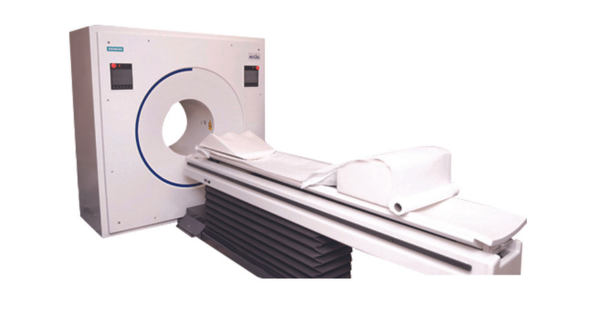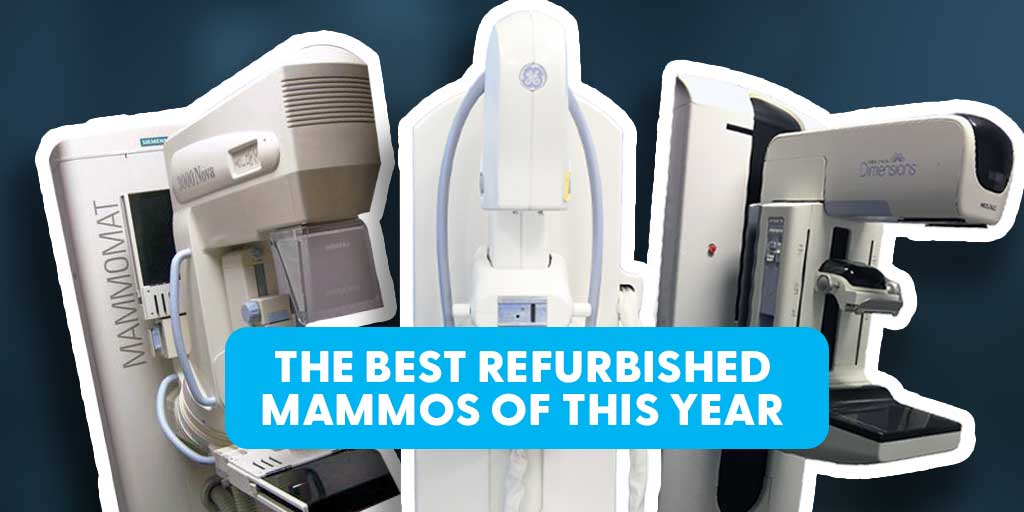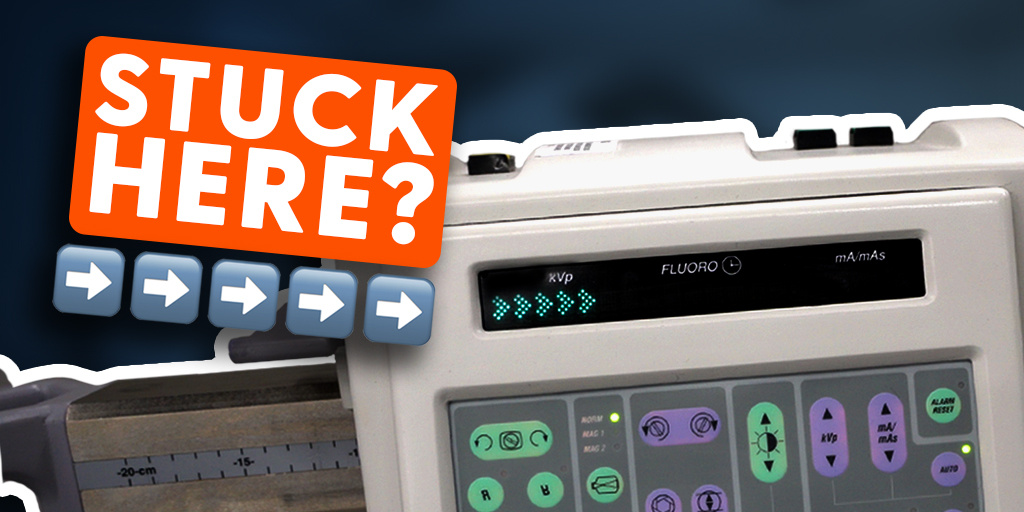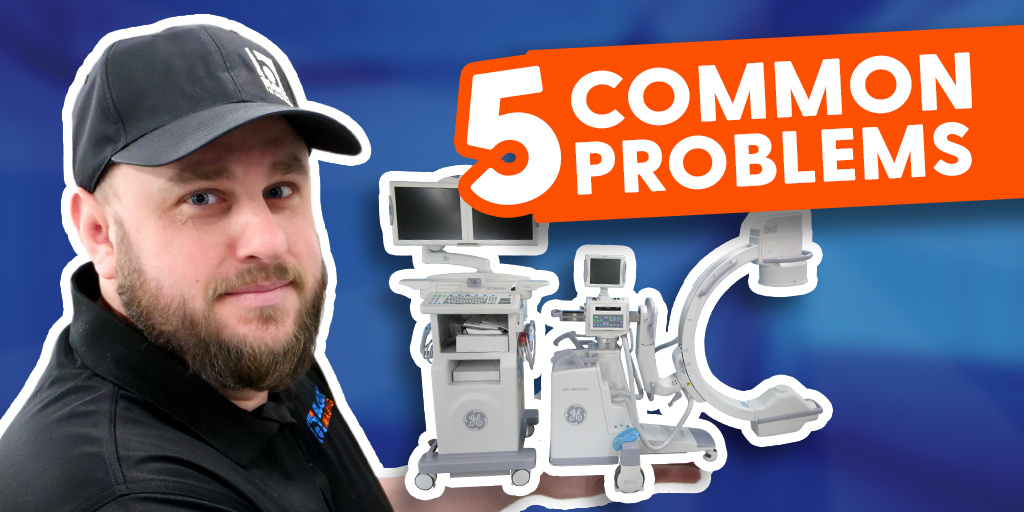
December 28, 2018 : 2 min read
Siemens ECAT PET Scanners Compared
Considering a PET scanner purchase? If you are, it won’t be long before your search brings you across the Siemens ECAT series. Below we’ll tell you some key features of the models that make up the ECAT product line and have a little historical fun along the way.
Those of you over 30, prepare to get a little nostalgic as we travel back in time to the mid 90’s. It was the best of times (economic boom, internet proliferation, The X-Files), it was the worst of times (bowl cuts, shoulder pads, the Macarena). It was also when Siemens began manufacturing the first ECAT PET scanners, the ECAT ART and ECAT 951. Given their age and rarity, we won’t spend much time on these models other than to say that they provided the framework for the technological advances that would characterize future ECAT installments.
ECAT Exact 47
The late 90's saw the release of the Siemens ECAT Exact 47. This system was named for its 47 contiguous image planes. Exact 47's are one of the most common PET scanners and are considered reliable, “workhorse” machines in the field for both fixed and mobile installations. Used primarily for oncology, they can now be adapted for cardiology using CVIT or Scintron, but are not yet ideal for coronary flow reserve (CFR) studies.
ECAT Exact HR+
A few years later, Siemens introduced their successor to the Exact 47: the ECAT Exact HR+. The HR+ brought a new, high-resolution BGO detector to the series for improved image quality. It was used frequently for brain scans but has since been adapted successfully for myocardial perfusion imaging using CVIT and Scintron platforms. As of December 2018 there is some interest in using HR+ systems for CFR studies with Bracco's HeartSee software.
ECAT Accel
Like previous models, the Accel could be cardiac gated. It was also the first Siemens PET to be supported by CVIT software and has since come to include Scintron support. Today it is ideal for all cardiac studies including CFR. The model also ushered in Siemens' shift from BGO detectors to lutetium orthosilicate (LSO) detectors for yet another upgrade in image clarity and quality. LSO detectors are also used in Siemen's ongoing Biograph PET/CT series and have become industry standard, with Philips and GE both adopting lutetium-based detector technology.
Among ECAT systems, the Accel is considered the best, but high demand for ithas caused it to become somewhat rare. Depending on your needs, however, the HR+ can be a serviceable, and far more accessible, substitution.
The Takeaway
By now you’re probably thinking, “Thanks for the history lesson, but where’s my takeaway?” A reasonable request. Here goes:
- If you are looking for cardiac studies, the Exact 47 and the HR+ are the most available and are suitable for most cardiac studies.
- If you absolutely must have the best, the Accel is the only way to go, but be ready to pay up and pay quickly as they go fast.
If you have any questions about Siemens ECAT PET scanners or PET systems from other manufacturers and product lines, we’re here to help. Use the button below to contact us and learn more.

Josh Nunez
Josh Nunez is the Director of Product Management at Block Imaging. Josh is energized by developing an understanding of each customer's unique imaging needs and overcoming the challenge of helping find them the perfect equipment match. When he is not providing PET/CT solutions he enjoys traveling, soccer, and spending time with his wife and five kids.




